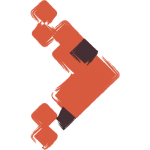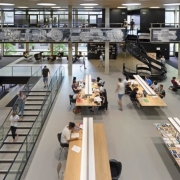Advising Start Up - Lifelong Learning Portfolio

A veterinarian is a veterinarian? Not quite. Besides the fact that there are various specialisations in education, there are numerous follow-up courses that ensure further specialisation. However, everything that takes place after graduation is not centrally registered anywhere. Nor does an examination mark provide any insight into how skilled a professional is in an procedure. What if every graduated veterinarian could carry an online portfolio to have all this information together?
Contribution Takeshape: From POC to Platform
A first version of this online portfolio platform has been published and is slowly but surely being expanded. I was able to help the founders make a plan to scale from proof of concept to a fully-fledged IT platform. This sometimes involves technology, but often not. Small matters, such as the use of freeware, which is permitted in a personal sense but not in a commercial sense, is such an example.
- Right of ownership of software
- Copyright protection of source code
- GDPR and Processor Agreement
- Open source elements vs. licensing
- Solid 2 factor authentication
- Commercial model.


 Standard licence Shutterstock
Standard licence Shutterstock Standard License Shutterstock
Standard License Shutterstock
